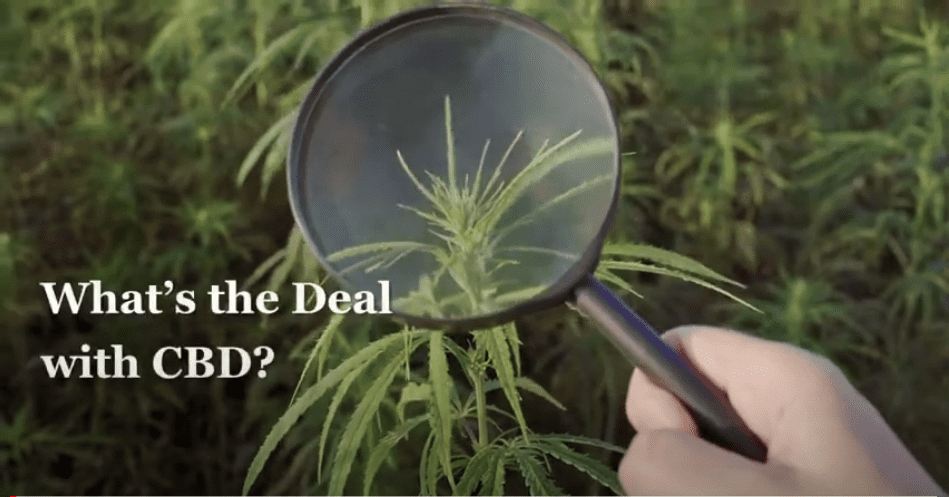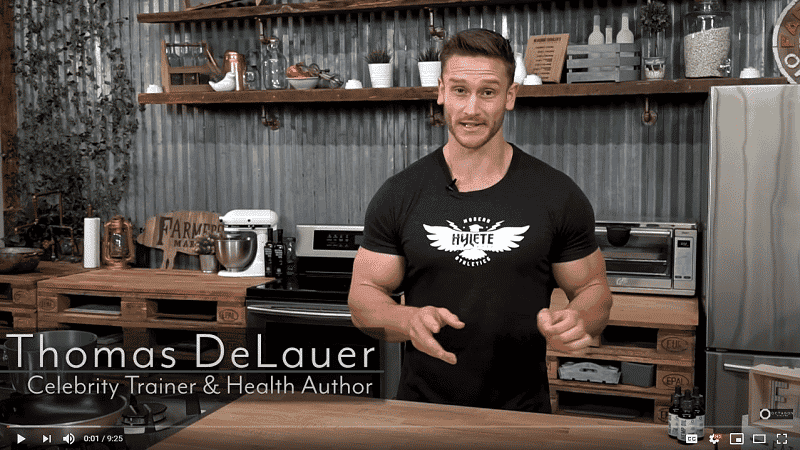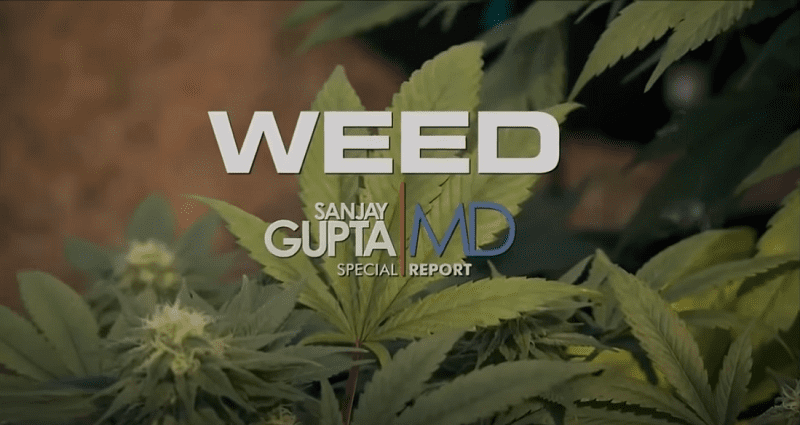CBD: Miracle Cure or Snake Oil
Medical Marijuana Awareness Post-Webinar Resources
The Webinar
Thank you to everyone who attended the October 14th Medical Marijuana Awareness webinar on CBD!
Watch the video on our YouTube Channel! Your questions and comments during the live Q&A helped to make a great source of information for the next person seeking treatment.

Speakers featured in this webinar were host Marc Matoza and Dr. Bruce Rubinowicz.
Ongoing Education
We’ve partnered with medical marijuana education experts to provide you further resources on the topic of CBD and medical marijuana.
Click an item from the index below to skip to that section.
CBD: Your Questions Answered
- Patient Information Brochure
- MMTCFL Chronic Conditions Resources
- What’s the Deal with CBD? with The Cannigma
Materials from the Webinar
- View the slides from the live presentation
- How CBD Oil Affects Chronic Pain and Inflammation with Thomas DeLauer
- Weed (Parts 1-4) with Dr. Sanjay Gupta
Cannachats Recommended Reading
- More CBD information
- Basics of Medical Marijuana in Florida
CBD: Your Questions Answered
CBD is a cannabinoid. It is one of over 100 cannabinoids that have been identified. CBD is a phytocannabinoid, it comes from plants, Cannabis Sativa. CBD and THC are the two most common and recognized cannabinoids. CBD, and other cannabinoids, mimic the activity of endocannabinoids. Endocannabinoids are endogenous(occur naturally in the human body) lipid-based
neurotransmitters.The Endocannabinoid System [ECS] is the most prevalent receptor system in the human body and functions to maintain homeostasis [system balance]
See Also from MMTCFL:
What's the Deal with CBD ?
The Cannigma, Sept. 2019
“CBD is a molecule that comes from the resinous, or sticky, flower of Cannabis plants CBD is a safe, non-addictive substance that’s closely related to another chemical compound found in Cannabis called known as THC. But unlike THC, CBD is nonintoxicating. That’s because CBD and THC act in different ways on different receptors in the brain and body CDB is used to treat a number of different illnesses including: rheumatoid arthritis, Alzheimer’s, dementia, Parkinson’s, multiple sclerosis, epilepsy, autism, ADHD, PTSD, Crohn’s, and psoriasis“
Continued Education and Awareness Resources
Materials from the Webinar
How CBD Oil Affects Chronic Pain and Inflammation
Thomas DeLauer | Octagon Biolabs CBD, Aug. 2018
“Cytokines are signaling proteins that ultimately recruit inflammation to happen. Cytokines will trigger specific immune cells to release inflammation or actually even reduce inflammation, given the right circumstances. […] CBD actually modulates the cytokine production.”
Weed (Parts 1-3)
CNN Documentary | Dr. Sanjay Gupta, 2013-2015
Weed (Part 4)
CNN Documentary | Dr. Sanjay Gupta, 2016
Dr. Sanjay Gupta‘s enterprise reporting on medical marijuana has led to five documentary films, “Weed,” which were awarded the Alfred I. duPont-Columbia University Award.
Cannachats Recommended Reading
CBD
Basics of Medical Marijuana in Florida
Patient Information Brochure
Medical Marijuana Awareness Webinars, in partnership with MMTCFL
Office of Medical Marijuana Use
Florida Department of Health | KnowtheFactsMMJ.com
Florida Medical Marijuana Patient Application
Click to Download from the Office of Medical Marijuana Use
Medical Marijuana Patient Webinars
MarijuanaAware.com
Cannabis 101 with Leafly
Leafly.com | Cannabis 101
Suncoast NORML
suncoastnorml.org
Supplemental Research
Cannabinoids in cancer treatment: Therapeutic potential and legislation (2019). Dariš B, Tancer Verboten M, Knez Ž, Ferk P. Bosn J Basic Med Sci. 2019;19(1):14-23. Published 2019 Feb 12. doi:10.17305/bjbms.2018.3532
An Update on Safety and Side Effects of Cannabidiol: A Review of Clinical Data and Relevant Animal Studies. Iffland K, Grotenhermen F. Cannabis Cannabinoid Res. 2017;2(1):139-154. Published 2017 Jun 1. doi:10.1089/can.2016.0034
Cannabidiol (CBD) — what we know and what we don’t
Harvard Health Blog
Cannabidiol: promise and pitfalls.Welty TE, Luebke A, Gidal BE. Epilepsy Curr. 2014;14(5):250-252. doi:10.5698/1535-7597-14.5.250



